Click on images to enlarge
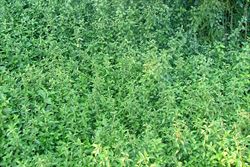
dense infestation (Photo: Sheldon Navie)
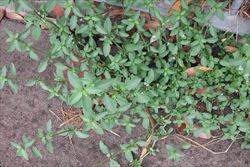
habit (Photo: Sheldon Navie)
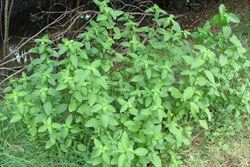
upright habit (Photo: Sheldon Navie)
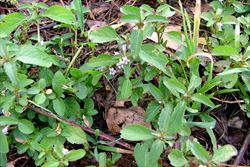
creeping habit growing in a mown area (Photo: Sheldon Navie)
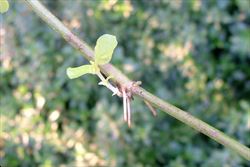
close-up of stem rooting at its joints (Photo: Sheldon Navie)

leaves (Photo: Sheldon Navie)
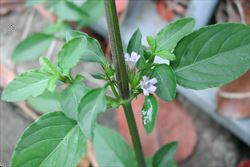
flowers (Photo: Sheldon Navie)

close-up of small tubular flower (Photo: Sheldon Navie)
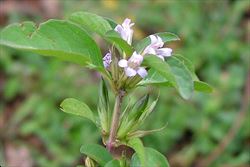
flowers and immature fruit (Photo: Sheldon Navie)
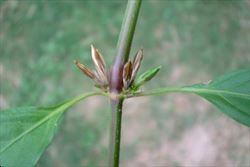
close-up of mature fruit (Photo: Sheldon Navie)
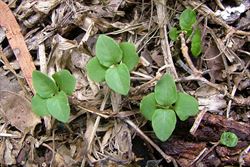
seedlings (Photo: Sheldon Navie)
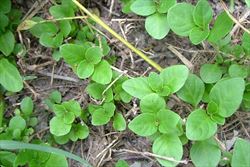
re-growth from creeping stems (Photo: Sheldon Navie)
Scientific Name
Dyschoriste depressa (L.) Nees
Note: the identity of this species is not certain, and it is possible that plants naturalised in Australia actually belong to another African species (i.e. Dyschoriste radicans).
Family
Acanthaceae
Common Names
butterfly heaven, dyschoriste
Origin
Native to southern Africa (i.e. the eastern parts of South Africa).
Naturalised Distribution
This species is currently only naturalised in the Moreton district in south-eastern Queensland.
Notes
Dyschoriste (Dyschoriste depressa) is an emerging environmental weed that is found in parks, gardens, lawns, parks, roadsides, footpaths, and waterways in Brisbane. It prefers wetter environments such as creekbanks and wetlands, but will also grow in drier habitats. Mowers and slashers are thought to be one of the agents of its dispersal to new areas.
This species has been observed to develop into very dense monocultures, particularly along waterways in the Kedron Brook, Enoggera Creek and Ithaca Creek catchments. Such infestations have the potential to damage riparian ecosystems and reduce biodiversity, and may also restrict the flow of water.

